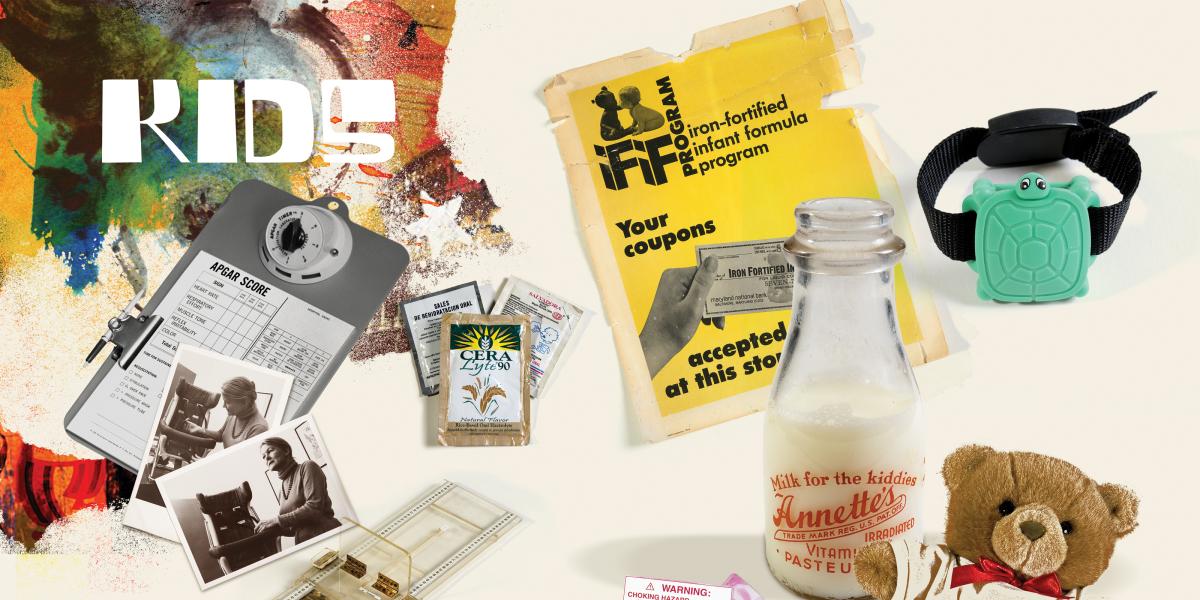Objects of Affection: Kids
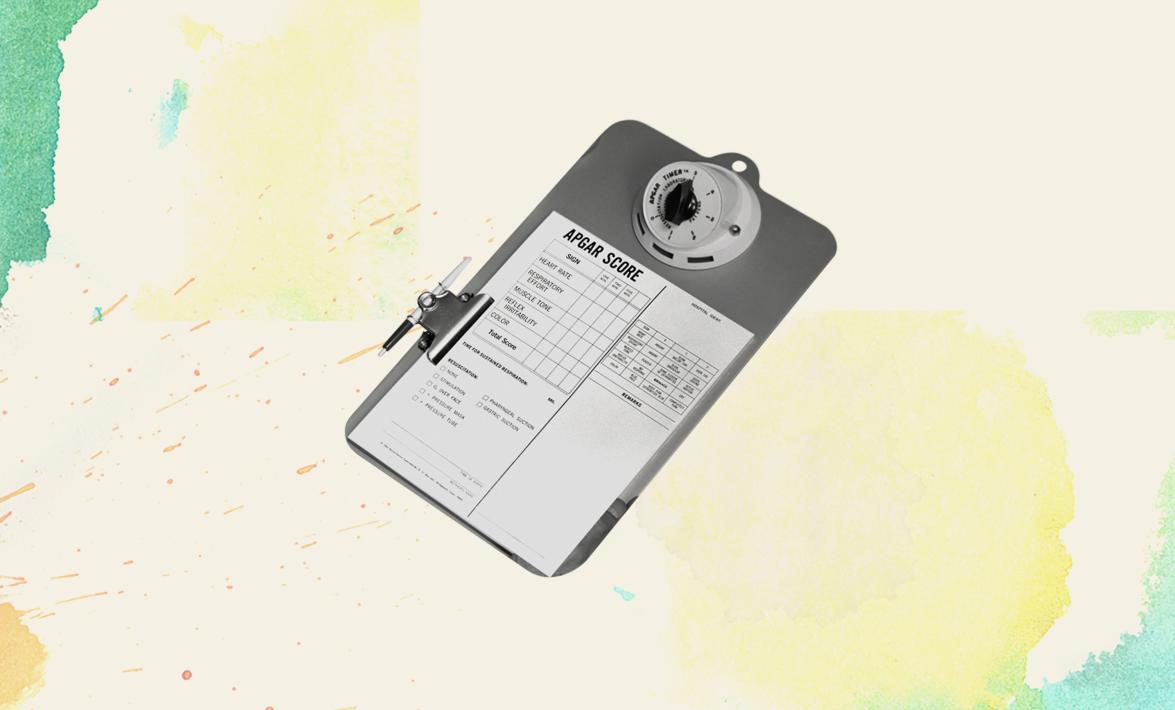
Apgar Scorecard (1970)
In the 1950s, Virginia Apgar, MD, MPH ’60, invented a simple, rapid method for assessing newborn viability to prevent mortality and developmental disabilities. Photo Credit: Mount Holyoke College Archives and Special Collections/National Library of Medicine
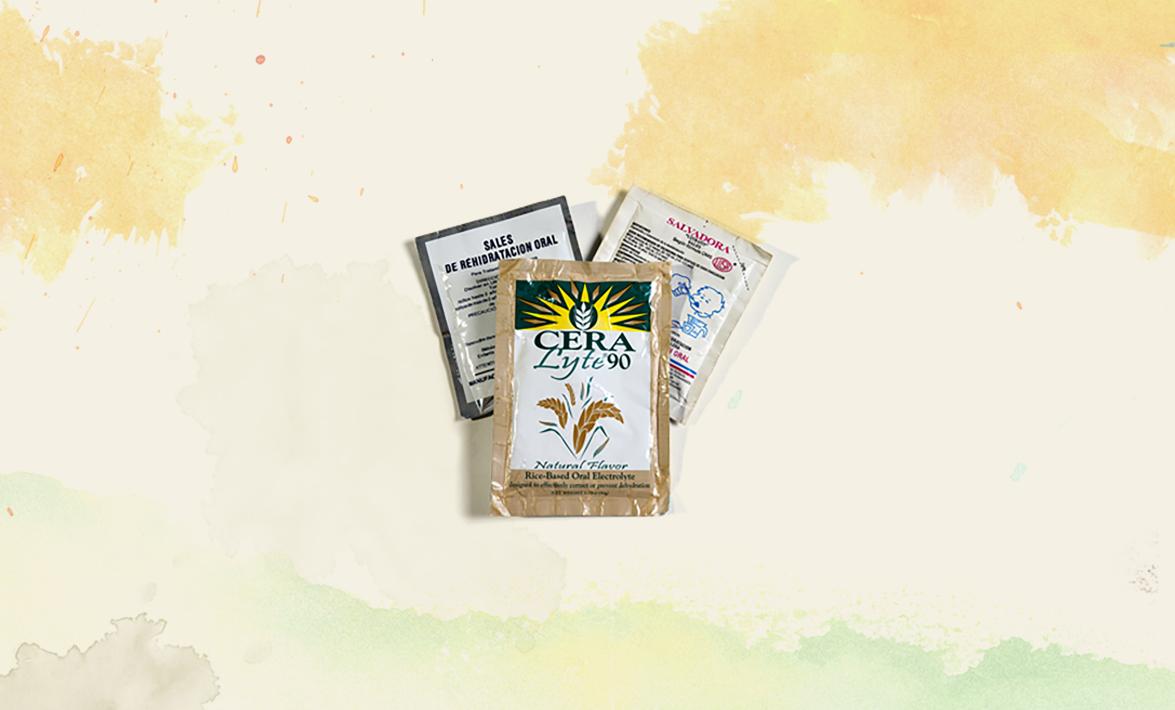
Oral Rehydration Solution Packets (1970s–2000s)
JHSPH researchers in India and Bangladesh demonstrated this therapy sharply reduced mortality from cholera and other diarrheal diseases.

Vitamin A Capsules (c. 1990s)
Alfred Sommer, MD, MHS ’73, discovered in the mid-1980s that vitamin A supplements can prevent blindness and reduce child mortality in the developing world by up to 34 percent.
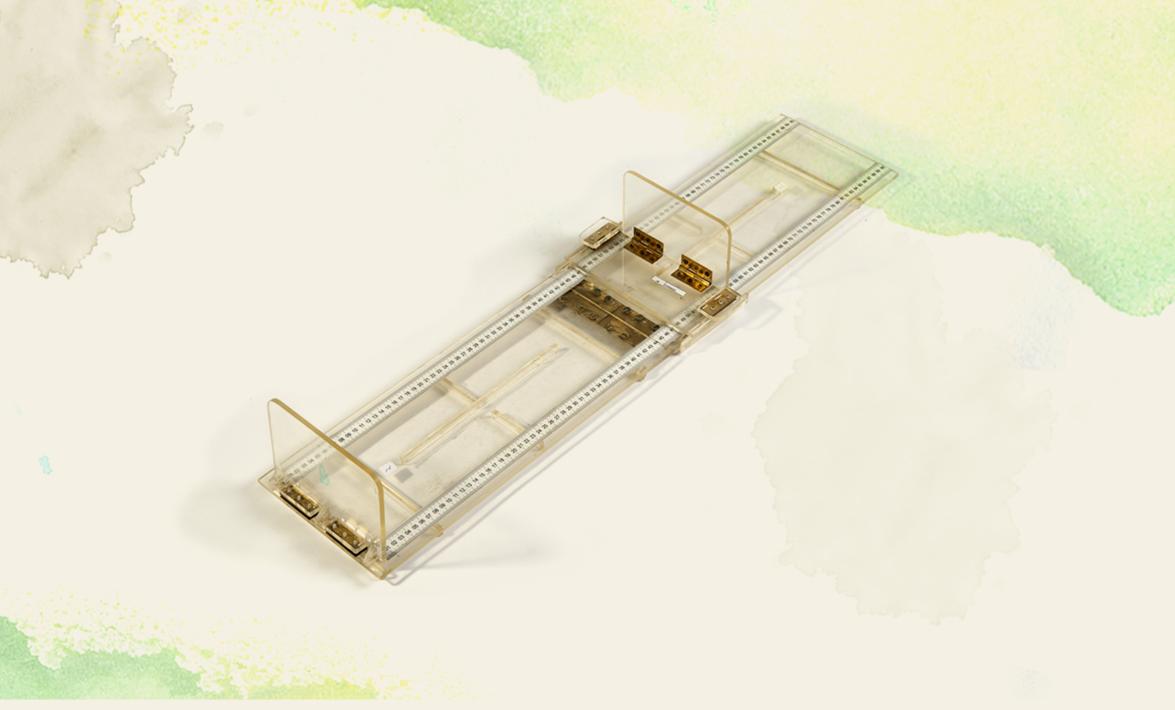
Infant Square (c. 1980s)
JHSPH faculty pioneered key methods for UNICEF's GOBI strategy (growth monitoring, oral rehydration, breastfeeding and immunization) that greatly reduced under-5 mortality.

Child Car Seat (c. 1980)
Research by injury prevention pioneer Susan P. Baker, MPH ’68, was pivotal in securing passage of child-restraint laws in the U.S. and internationally.
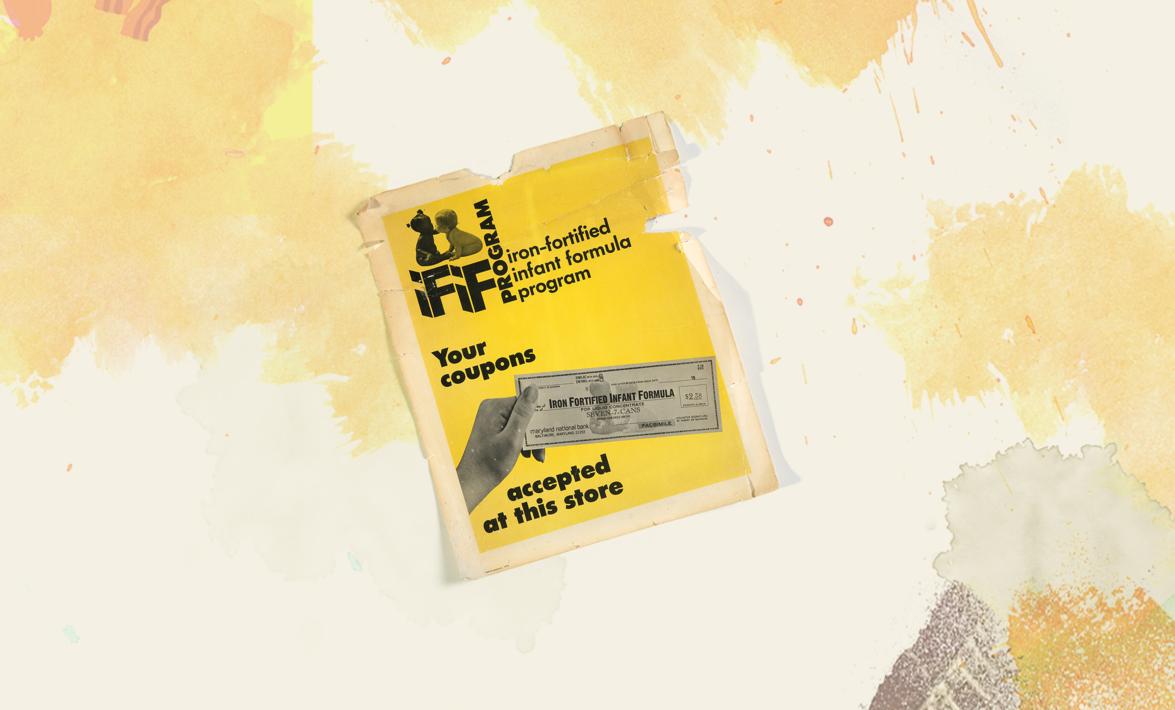
IFIF Poster (1972)
The federal Women, Infants and Children nutrition program emerged from this infant formula initiative developed by David Paige, MD, MPH ’69, and the Maryland Food Committee to prevent malnutrition in at-risk infants.
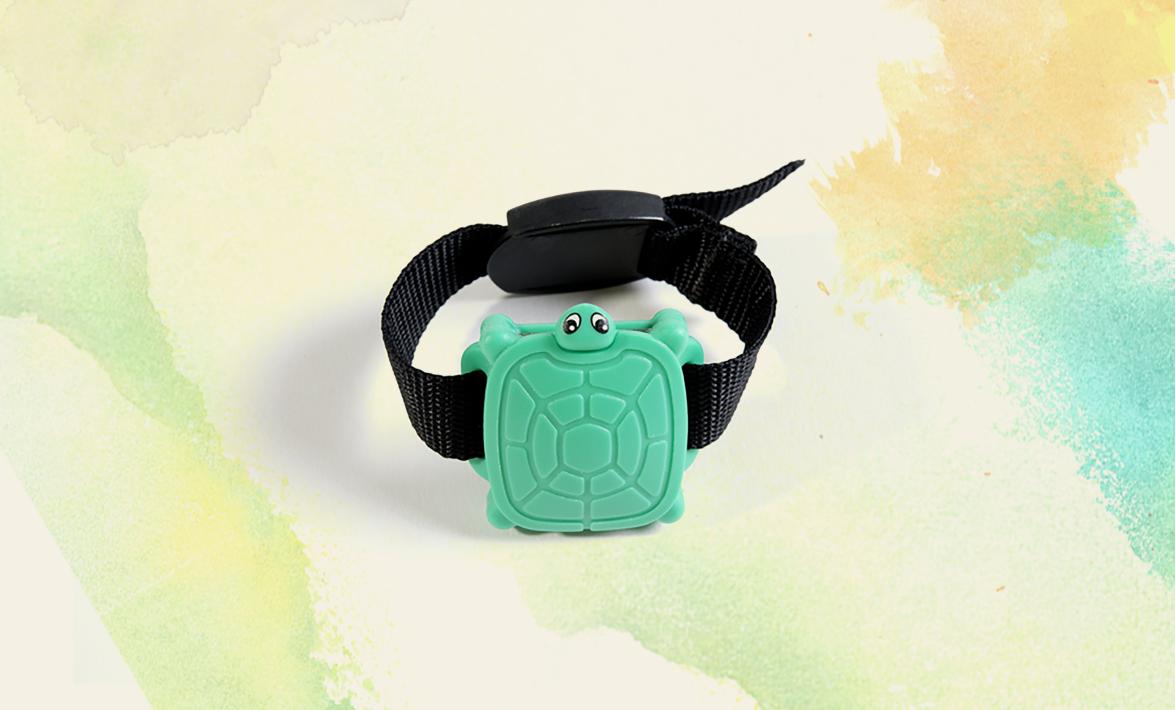
Drowning Prevention Bracelet (2015)
In Bangladesh, the Johns Hopkins International Injury Research Unit used this bracelet in research to prevent child drowning.

Healthy Steps Bear (c. 1995)
Women and Children's Health Policy Center faculty gave stuffed bears to families in a national evaluation of Healthy Steps, an evidence-based intervention that dramatically improved pediatric care.
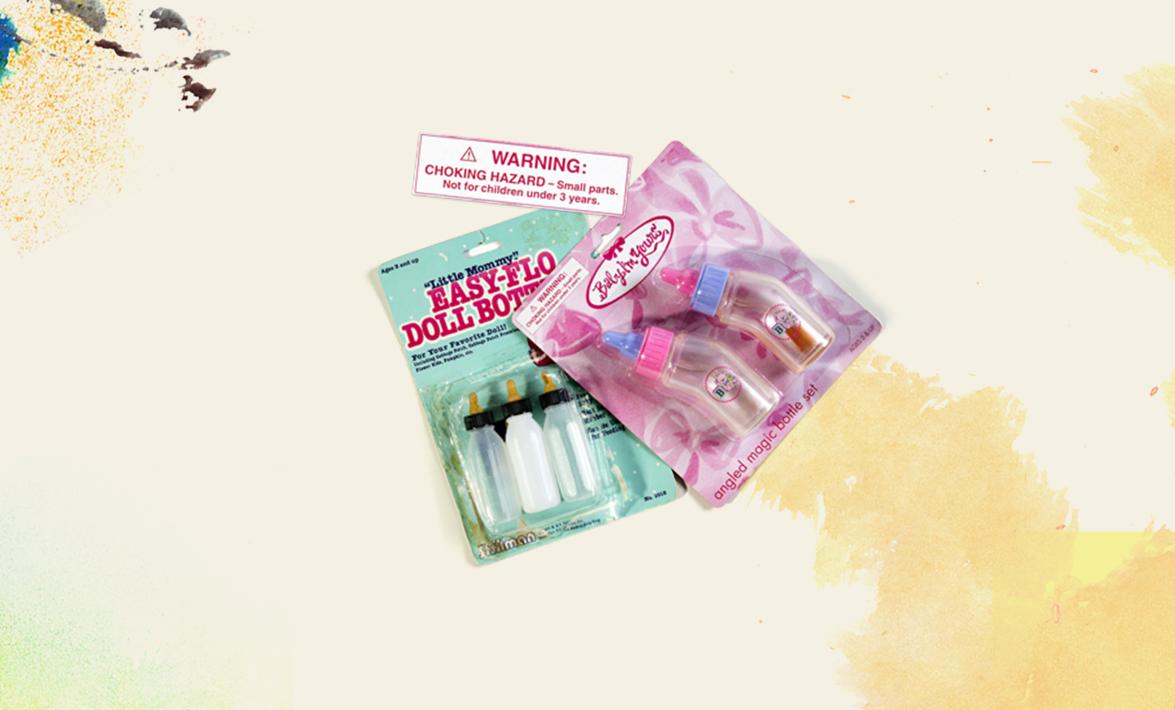
Choking Hazard Labels (c. 1990s)
Research by Stephen Teret, JD, MPH ’79, and students led to revised federal choking hazard labeling for toys and games with small parts.
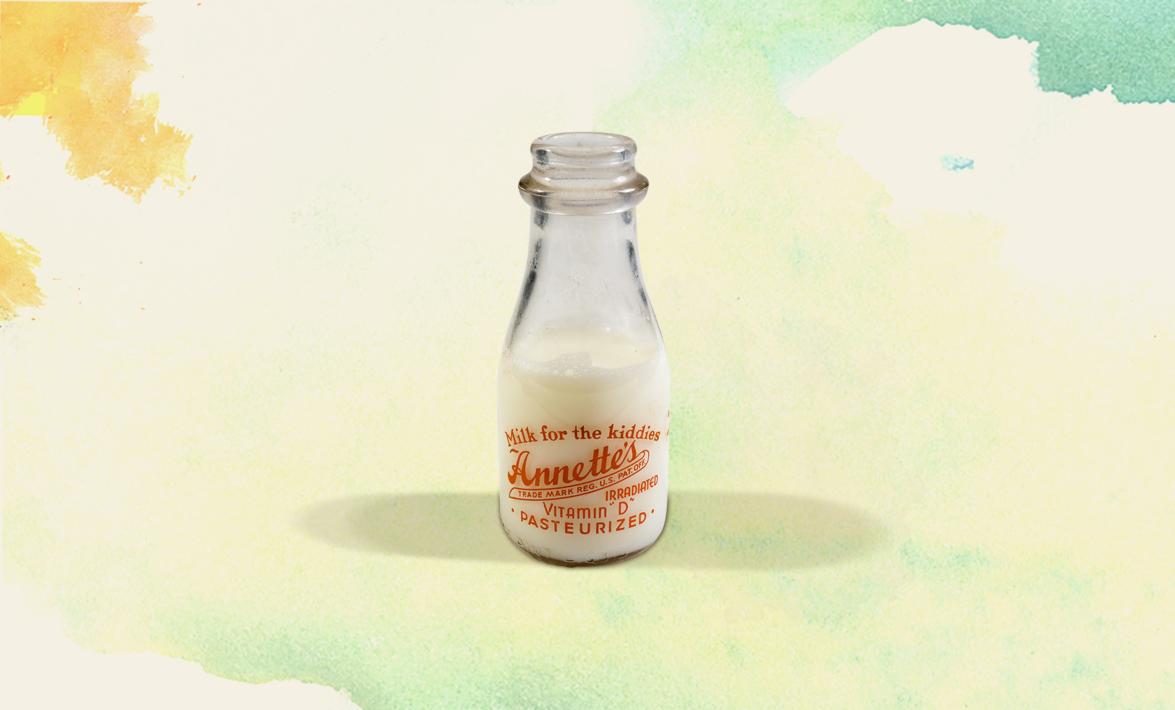
Milk Bottle (c. 1940s)
In the 1930s, dairies began enriching milk with vitamins A and D, discovered in 1912 and 1922, respectively, by E.V. McCollum, founding chair of Biochemistry.
